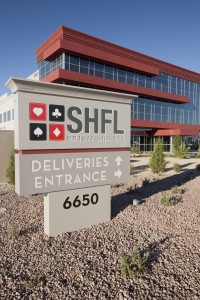If you drive through almost any city in America, you are sure to see empty strip centers and vacant office spaces. Drive a little further and you’ll see a new office building going up. Why build new when there is existing space available?
During the commercial real estate boom that swept across most of the country between 2004 and 2008, many commercial spaces were built on speculation, meaning there was no buyer or renter waiting for the space to be completed. While building houses on speculation is common, it is also much less risky because family sizes and needs – and even incomes – don’t vary much. Businesses, however, come in a wide array of shapes and sizes. A law firm may only need space for a staff of 5 or 6, while a software designer might need space for a staff of 20 – and even more room for computers. While some office building owners are willing to downsize a space, they are often reluctant to do so because reversing the construction is costly.
When a mega-company shops for space in the area of 200,000 sq ft or more, they are understandably reluctant to split up across ten 20,000 sq ft spaces. Instead, they will contract to build custom space. That is what is behind mini-booms in major cities like Las Vegas, where FedEx just broke ground on a new distribution center, and large facilities are being built for data-center operator Switch, food distributor Chelten House Products, and casino supplier SHFL Entertainment Inc. . Similar situations are seen in Southern California, Phoenix, Reno, but one thing is common in most of these markets: the building isn’t starting until the tenant signs the contract. Building on speculation in this economy is largely a thing of the past.


Recent Comments